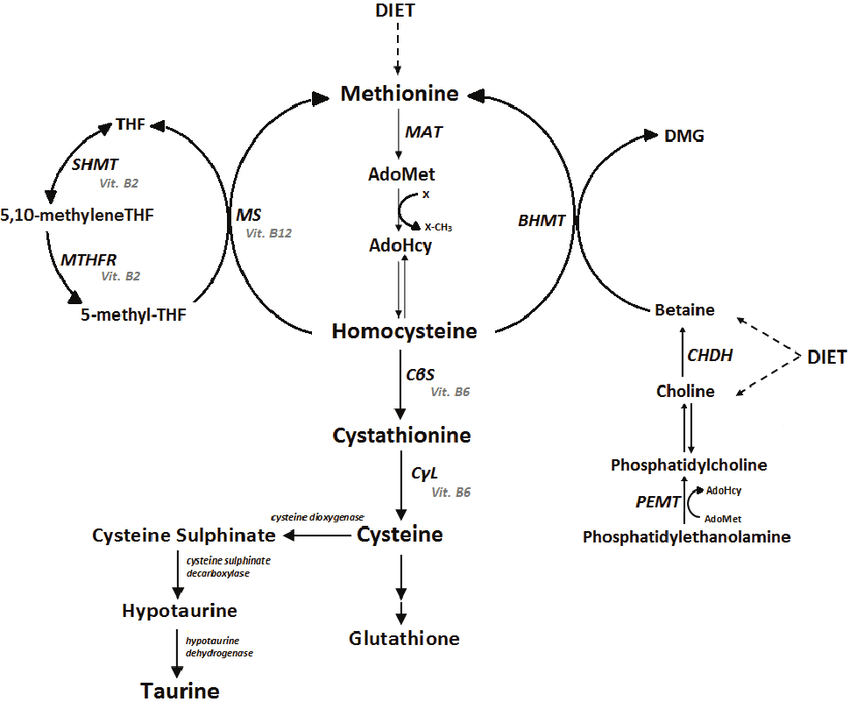Amazoniac
Member
40 mg + content of the meal should be about 3x the RDA in one sitting.Yes I see that, but can you significantly raise NAD+ with that dose? Either way, for me personally niacinamide has always been a mixed bag, the times I tried it.
No, I am from het land dat deels onder de zeespiegel ligt: Nederland
NAD levels are dramatically altered by dietary levels of niacin.[59]
https://www.l-i-g-h-t.com/transcript-337
"coffee is a major dietary source of niacin"
Gerson in his book:
"Niacin is administered for a long time: 50 mg. six times daily, rarely more; after four to six months the dosage should be reduced."
Have you considered buying it pure?
Cool! I think Kasper is from there.
Last edited:


